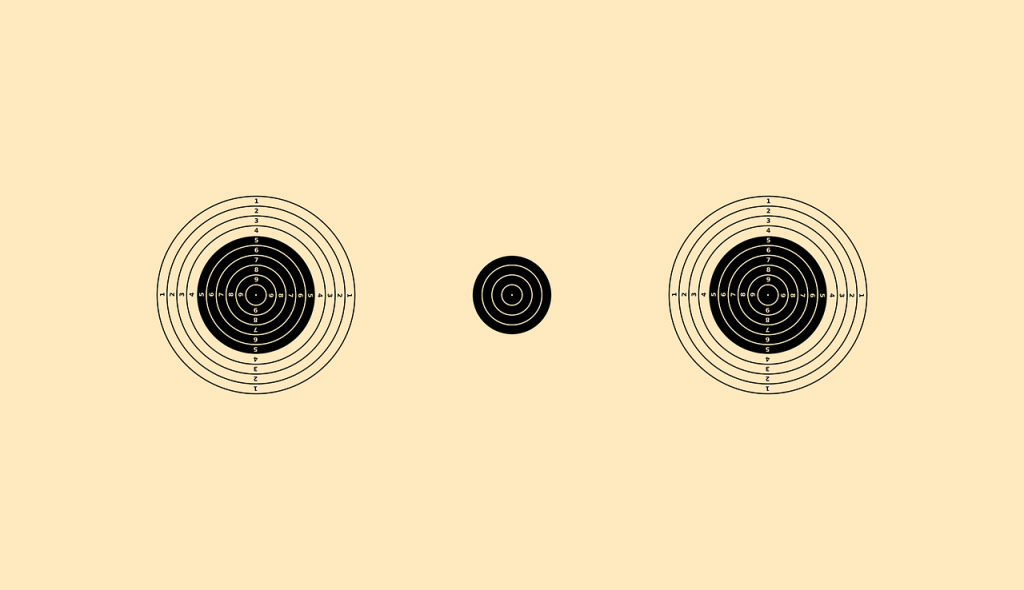
A senior US military general in South Korea recently advised Foreign Minister Julie Bishop that Australia would ‘soon be within range’ of a North Korean nuclear strike. That raises several crucial defence policy questions.
First, we need to ask: has Washington made it clear to North Korea’s dictator, Kim Jong-un, that an attack on America’s Australian ally will result in an overwhelming nuclear strike on North Korea? We have depended upon American extended nuclear deterrence ever since the ANZUS Treaty was signed in 1951. The North Korean regime should be left in no doubt that American nuclear strikes on that country would mean it ceased to exist as a functioning society.
Second, there’s the question of whether Australia should now take steps to protect itself from nuclear attack. The measures that could be considered include acquiring a ballistic missile defence capability and introducing prudent civil defence measures.
Ballistic missile defence was raised as a possibility in the 2009 Defence White Paper, including with reference to North Korea. The then Labor government’s policy was that it was opposed to the development of a unilateral national defence missile system because such a system ‘would be at odds with the maintenance of global nuclear deterrence.’
But, within that policy framework, the White Paper announced that Australia would explore the development of theatre capabilities for defence of ADF elements and other strategic interests—including our population centres and key infrastructure. It said the government would review its policy directions annually.
One option is for us to equip the Aegis air warfare destroyers, which are now being delivered to the RAN, with proven ballistic missile defence capabilities such as the SM-3 and SM-6. Another option is to go for the Terminal High Altitude Area Defense (THAAD) land-based system or future more advanced variants.
But as my colleague Stephan Frühling observes, the geometry is all wrong for such intercepts to occur close to Australia. By that time the re-entry vehicle containing the nuclear warhead is travelling at a speed of 6 to 7 kilometres per second or 21,000–25,000 kilometres an hour.
Ideally, we need to get much closer to the North Korean launch sites and attack their missiles when they’re in the vulnerable boost phase just as they are being launched.
The Turnbull government’s February 2016 Defence White Paper was entirely silent on this subject. Presumably, it recognised the difficulty—as well as the expense—of being able to devise a credible minimum ballistic missile defence capability at present. That shouldn’t prevent Defence from actively undertaking the necessary research and closely monitoring future technologies and their affordability.
There remains the question of why North Korea would bother targeting Australia at all when its main enemies are America, South Korea and Japan. There has been speculation that North Korea might choose Australia as a nuclear target to demonstrate its intent without threatening critical US targets in places such as South Korea and Japan, or bases such as Guam. That presumes the North Korean leadership would gamble that Washington wouldn’t retaliate by such a threat to its closest ally.
In fact, this isn’t the first time that Australia has been threatened in this way. On numerous occasions, the former Soviet Union threatened to target Pine Gap, Nurrungar and North-West Cape during a nuclear war. In 1980 former prime minister Malcolm Fraser directed the Office of National Assessments to produce a threat analysis. The resulting document, which has been declassified under the Freedom of Information Act, was classified Top Secret AUSTEO (for Australian eyes only) and only very few copies were made available to the most senior national security decision-makers
It argued that nuclear attacks on some or all of these facilities would probably occur in the event of nuclear war between the USSR and the US. It advised that any nuclear attack on North West Cape would probably kill the 2,000 residents of nearby Exmouth. And ‘assuming no unusual targeting errors’ the towns of Alice Springs and Woomera would not suffer major damage from heat, radiation or blast. But it admitted that the number of injured, ‘would be strongly dependent on civil defence measures’.
ONA wasn’t certain whether Soviet nuclear attacks on other Australian cities might occur, although it admitted that an attack on Canberra could render the federal government ineffective. Attacks on Sydney and Melbourne were a possibility. However, it claimed that, on balance, the Soviet Union would probably see Australian cities as low priority nuclear targets. That wasn’t my opinion at the time.
I was of the view that Fraser was remiss—given the advice he had been given by ONA—in not going ahead with even the most basic civil defence protection methods with regard to the joint facilities, not to mention major Australian cities. We face exactly the same quandary now with regard to North Korea.

